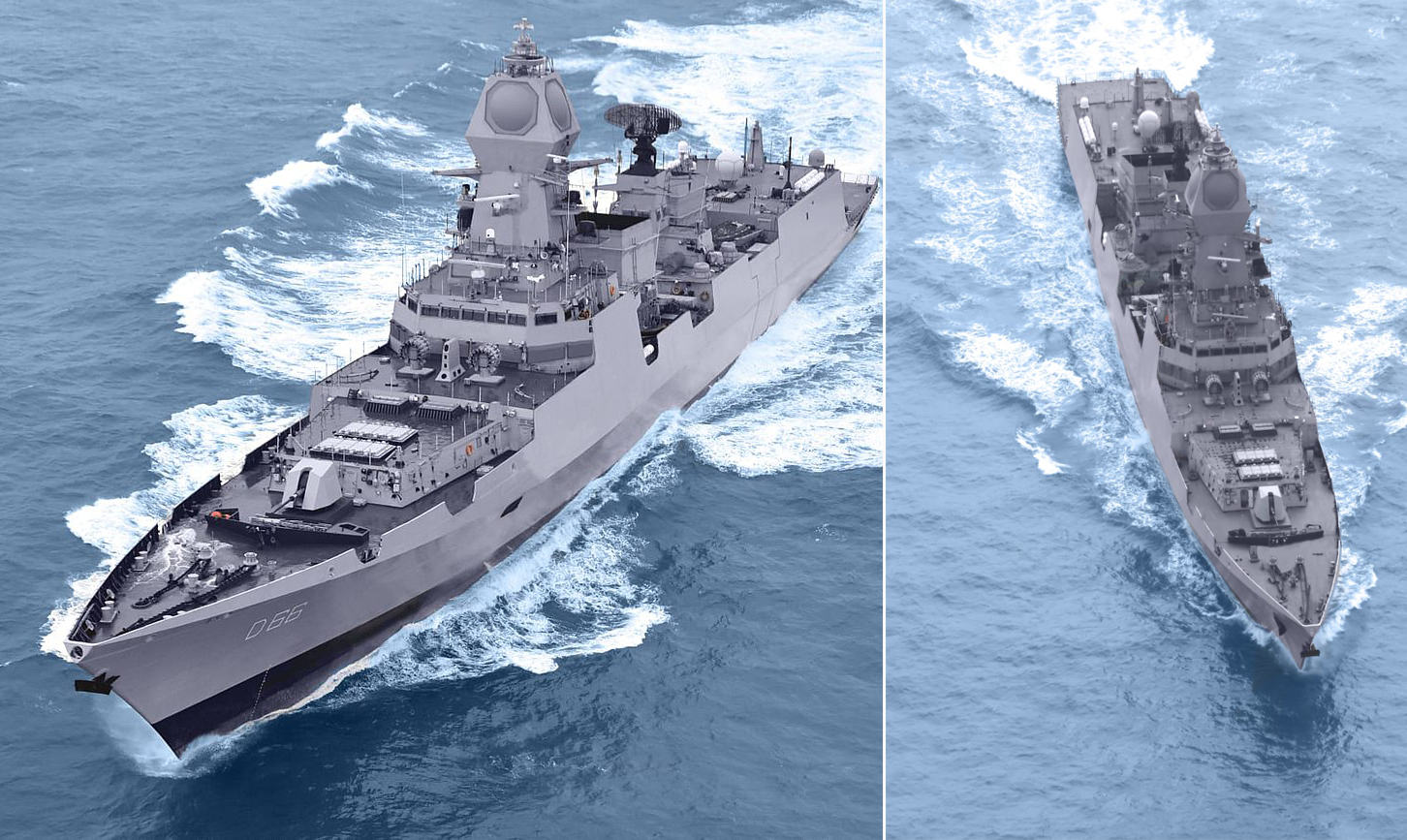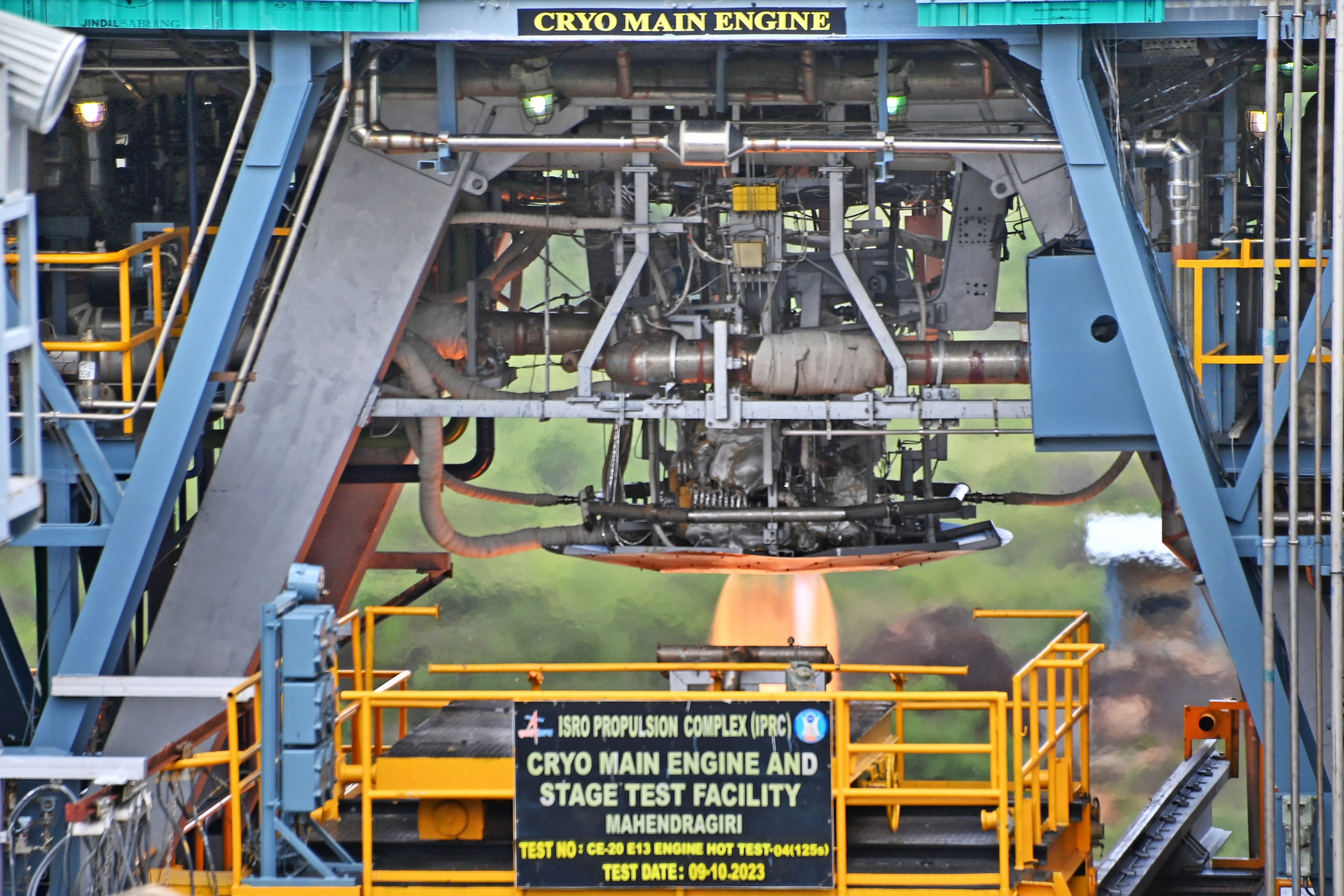India
In Visakhapatnam-class stealth guided-missile destroyer project (P-15B) India is building four stealth guided-missile destroyers with the Dispalcement of 7400 tons for the Indian Navy. The Indian Navy plans to have all four destroyers in active service by 2024. These destroyer ships are being built by Mazagon Dock Limited (MDL) in Mumbai, India, and are based on the Kolkata-class destroyer design. However, the Visakhapatnam-class destroyers have a number of improvements over the Kolkata class, including:Stealth design features to reduce radar and infrared signature, Improved automation and command and control systems, More powerful weapons and sensors. The destroyers were designed by the Warship Design Bureau (formerly the Directorate of Naval Design). The design plans of the four vessels were completed by the WDB in mid-2013. Total cost Visakhapatnam-class stealth guided-missile destroyer project is ₹35800 crore (equivalent to ₹420 billion or US$5.3 billion in 2023). The Visakhapatnam-class destroyers are equipped with a variety of weapons and sensors, including:MF-STAR MF-STAR S-Band AESA radar with range of over 450 km, BEL L-Band air-search radar ith range of over 270 km, and Terma/Tata X-Band surface-search radar with rane of 20 km, 4 x 8-cell vertical launch systems (VLS) for Barak-8 surface-to-air missiles, 2 x 8-cell vertical launch systems (VLS) for BrahMos cruise missiles, 4 x AK-630M close-in weapon system, 2 x RBU-6000 anti-submarine rocket launcher, 4 x 533 mm (21 in)Torpedo tubes, 1 x OTO Melara 76 mm naval gun, 2 x OFT 12.7 mm M2 Stabilized Remote Controlled Gun, 4 x Kavach decoy launchers, 2 x Maareech torpedo-countermeasure systems, BEL HUMSA-NG active/passive sonar And BEL "Nagin" active towed-array sonar, DRDO "Shakti" Electronic warfare suite (equipped with ESM/ECM and "Radar Finger Printing System" (RFPS)) DRDO "Nayan" COMINT suite, Combat Management System, The Visakhapatnam-class destroyers are designed to be multi-mission warships, capable of undertaking a wide range of maritime missions, including anti-air warfare, anti-surface warfare, anti-submarine warfare, land-attack warfare, and electronic warfare. It is also equipped with a helicopter hangar and flight deck, which allows it to operate two multi-role helicopters.These destroyer ships range are 8000 nautical miles (15000 km) with the speed of 18 knots (33 km/h) And Top Speed is 30 knots (56 km/h).The first ship of the class, INS Visakhapatnam, was commissioned into the Indian Navy on 21 November 2021. The second ship of the class, INS Mormugao, was commissioned on 18 December 2022. The third ship of the class, INS Imphal , will commission on last of 2023. The fourth and last ships of this class, INS Surat may be commission on last of 2024 or till the mid of 2025. INS Visakhapatnam class stealth guided-missile destroyers: Length: 163 meters, Beam: 17.4 meters, Endurance: 45 days, Crew: 300,
Read More → Posted on 2023-10-22 14:15:24India
The CE20 engine stands as a groundbreaking achievement, being the first cryogenic engine developed indigenously to power the upper stage (C25) of the LVM3 rocket. Originally qualified to operate at a thrust level of 19 tonnes, this engine has demonstrated its prowess in six consecutive LVM3 missions, including notable endeavors like Chandrayaan-2, Chandrayaan-3, and two commercial OneWeb missions. To enhance the payload capability of the LVM3, the upper cryogenic stage has been reconfigured into the C32 stage, boasting enhanced propellant loading. This modification enables the engine to operate at an increased thrust level of 22 tonnes. However, to meet this higher thrust requirement, the engine must undergo re-qualification through a series of ground hot tests. The current focus is on the twelfth hardware iteration of the CE20 engine, designated as the E13 engine, which is pivotal for the 22-tonne thrust level qualification program. Notably, after successfully completing the engine tuning hot test (E13 HT-01) for a duration of 50 seconds, the second long-duration hot test (E13 HT-02) achieved success with a duration of 720 seconds on August 30, 2023. Subsequently, the third hot test (E13 HT-03) was also accomplished, lasting 670 seconds with a thrust of 22 tonnes on September 22, 2023. The culmination of the E13 HT-03 marked the completion of the Gaganyaan qualification for the CE20 engine. The fourth hot test (E13 HT-04), designed to demonstrate off-nominal operation of the engine (22t+5%PC & -5%MR), was conducted successfully for a duration of 125 seconds on October 9, 2023, at the MET facility, IPRC, Mahendragiri. During this test, both the engine and facility performed normally, achieving the required engine performance parameters as predicted. With this accomplishment, the CE20 engine is now officially qualified for operating at the 22-tonne thrust level in flight.
Read More → Posted on 2021-06-30 18:30:00Search
Top Trending
-
 Agneepath Scheme replaced with Sainik Samman Scheme 2024, Defence Minister Rajnath Singh Relaunched Agniveer Scheme
Agneepath Scheme replaced with Sainik Samman Scheme 2024, Defence Minister Rajnath Singh Relaunched Agniveer Scheme
-
 India's Defence Ministry Warns Against Chinese Parts in Military Drones Amid Security Concerns
India's Defence Ministry Warns Against Chinese Parts in Military Drones Amid Security Concerns
-
 China's Latest DF-31AG ICBM Test: A Strategic Leap in Global Missile Capabilities
China's Latest DF-31AG ICBM Test: A Strategic Leap in Global Missile Capabilities
-
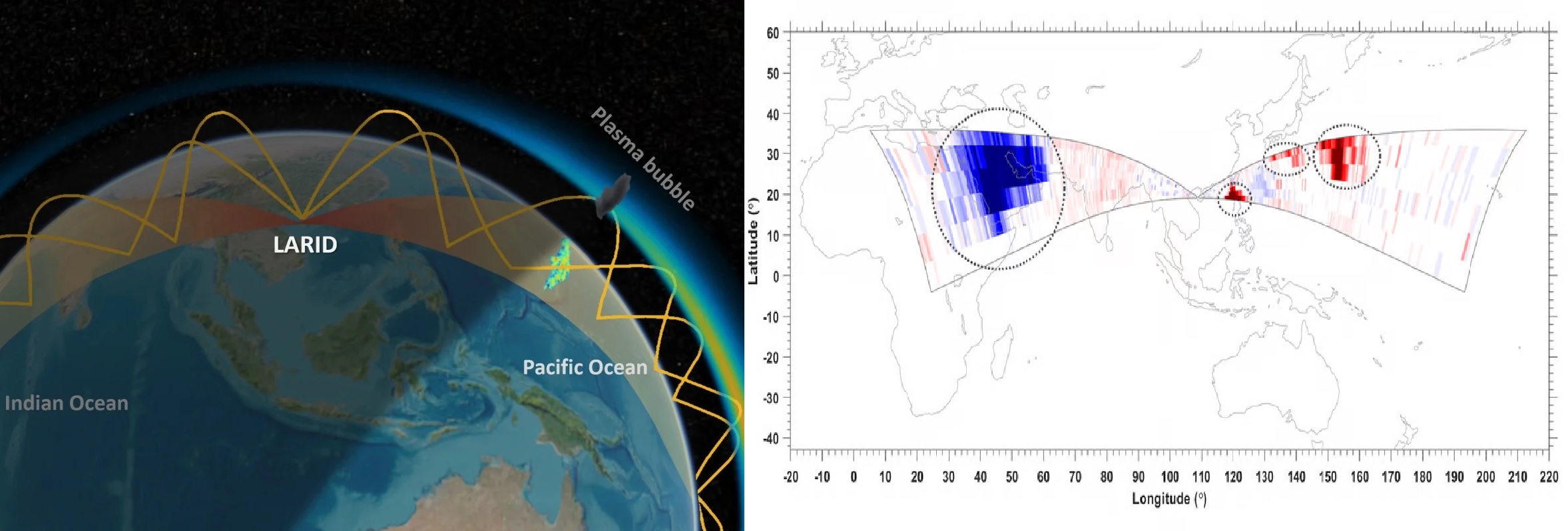 China’s Super Radar Detects Mysterious Plasma Bubble Over Giza Pyramids
China’s Super Radar Detects Mysterious Plasma Bubble Over Giza Pyramids
-
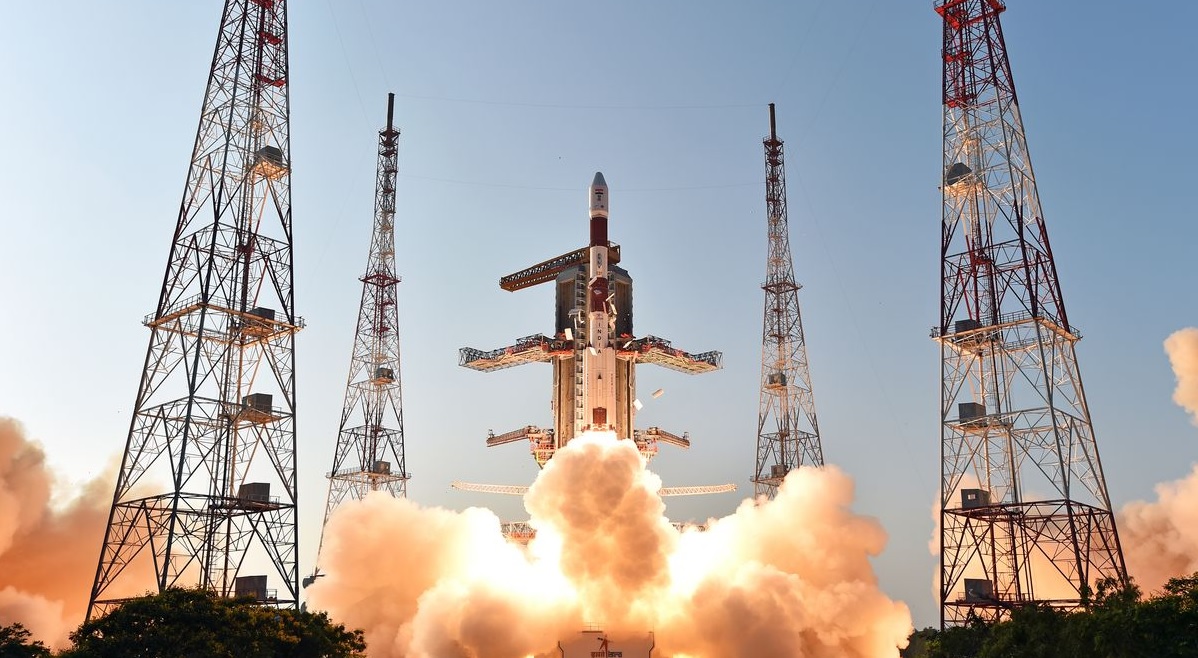 Isro Draws up Ambitious Plan for 2024, says will Launch at Least 12 Missions
Isro Draws up Ambitious Plan for 2024, says will Launch at Least 12 Missions
-
 Pakistan Announces 15% Increase in Defence Budget for 2024-25 Amid Economic Crisis
Pakistan Announces 15% Increase in Defence Budget for 2024-25 Amid Economic Crisis
-
 India's Indigenous Kaveri Engine Program with New Focus on Thrust and Performance
India's Indigenous Kaveri Engine Program with New Focus on Thrust and Performance
-
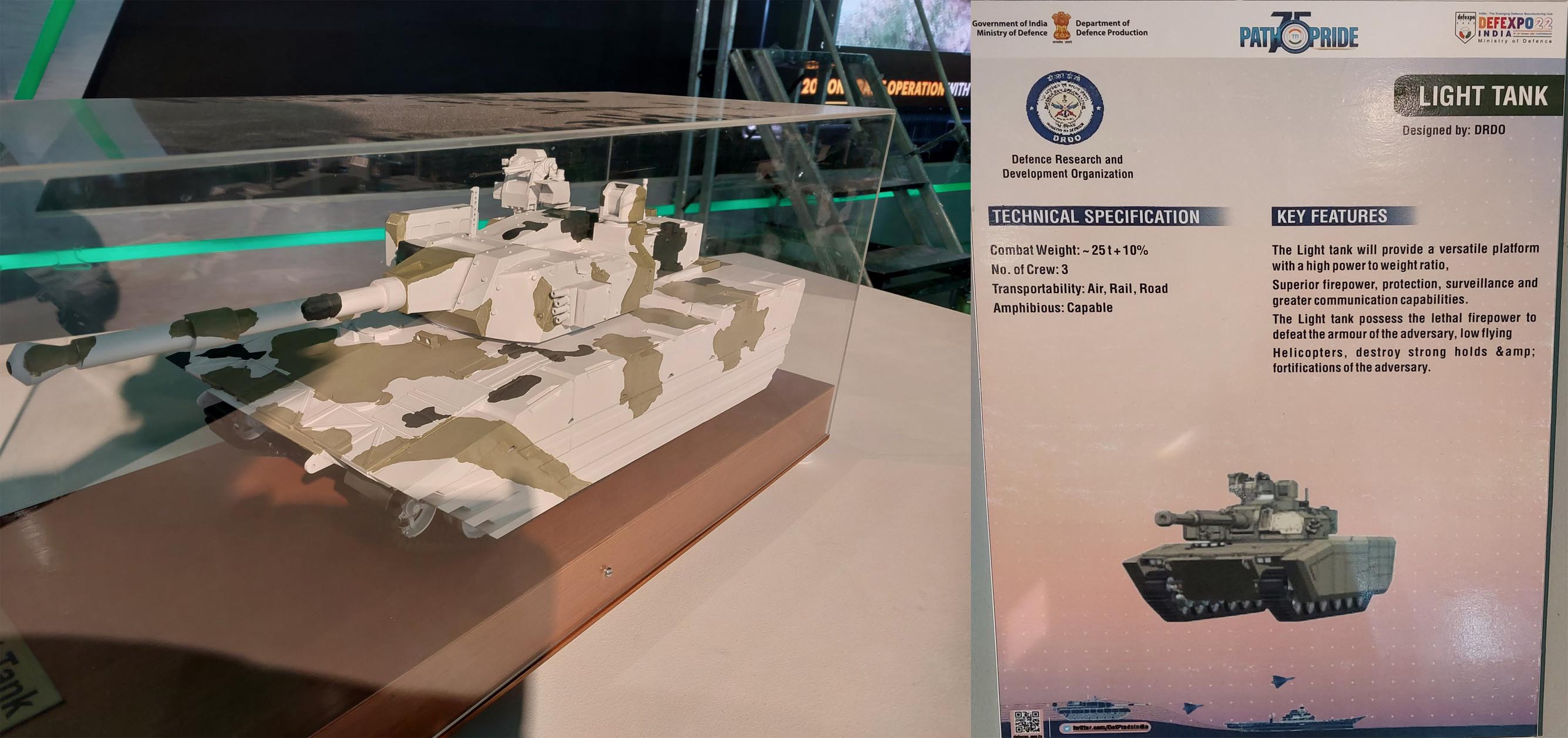 German Engines Available Now But India Chooses American Power Plants for Entire Zorawar Light Tank Project
German Engines Available Now But India Chooses American Power Plants for Entire Zorawar Light Tank Project
Top Trending in 4 Days
-
 Govt Bestows HAL with ‘Maharatna’ Status
Govt Bestows HAL with ‘Maharatna’ Status
-
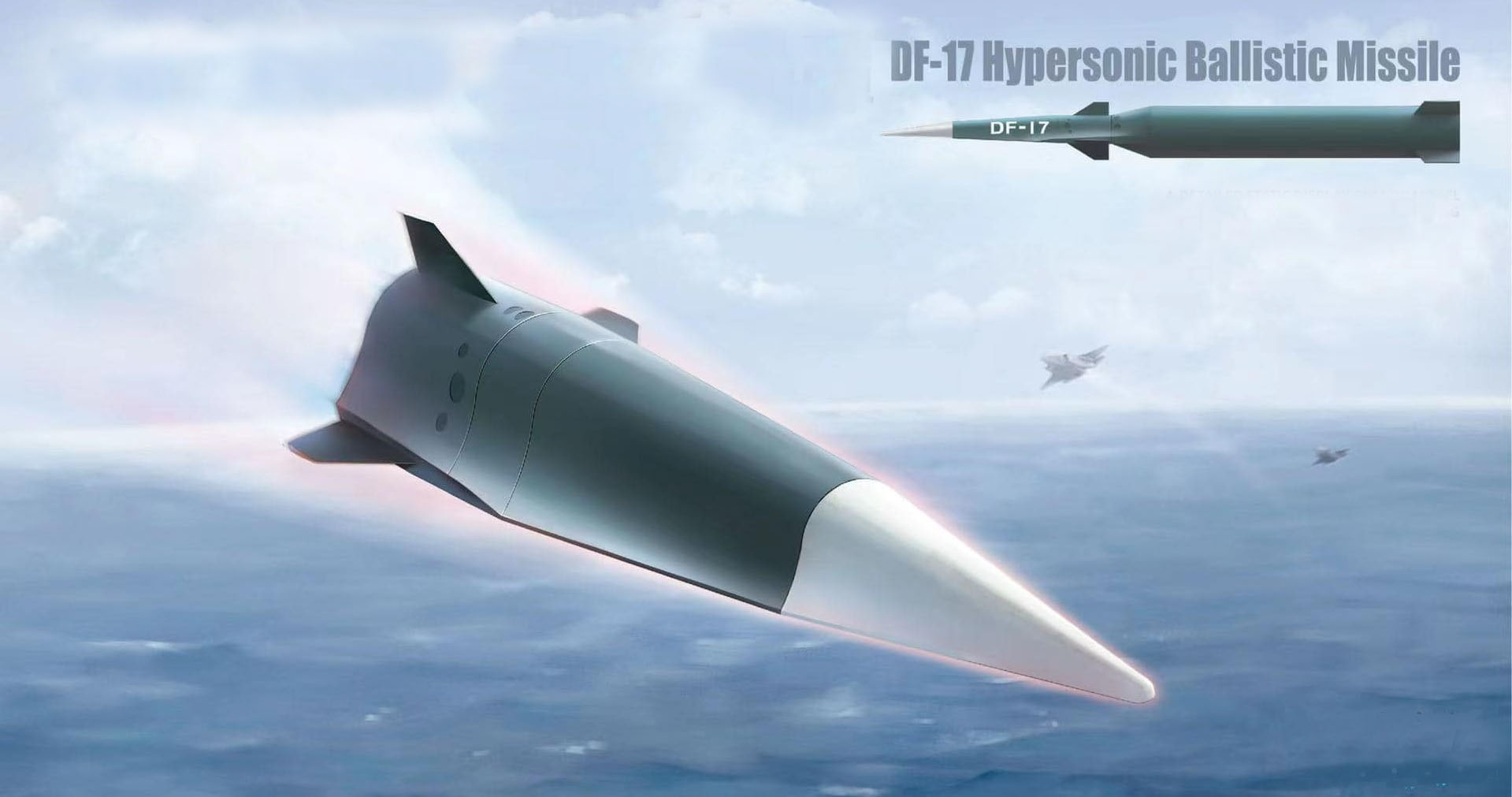 The Limitations of China's DF-17 Missile: Unveiling the Reality Behind the Hype
The Limitations of China's DF-17 Missile: Unveiling the Reality Behind the Hype
-
 Ukraine's VAMPIRE System Intercepts Russian Drones with Precision and Cost-Efficiency
Ukraine's VAMPIRE System Intercepts Russian Drones with Precision and Cost-Efficiency
-
 Boeing's Compact Laser Weapon System Successfully Downs Group 3 Drones
Boeing's Compact Laser Weapon System Successfully Downs Group 3 Drones
-
 Spain Sends Locally-Made VAMTAC Armored Vehicles to Bolster Ukraine’s Defense
Spain Sends Locally-Made VAMTAC Armored Vehicles to Bolster Ukraine’s Defense
-
 Russia Launches New Diesel-Electric Submarine “Yakutsk” for Pacific Fleet
Russia Launches New Diesel-Electric Submarine “Yakutsk” for Pacific Fleet
-
 Australia’s First Huntsman Howitzer Spotted in South Korea
Australia’s First Huntsman Howitzer Spotted in South Korea
-
 Tejas Mk2 Prototype Assembly to Begin Soon India’s Next-Gen Fighter Set for March 2026 Rollout
Tejas Mk2 Prototype Assembly to Begin Soon India’s Next-Gen Fighter Set for March 2026 Rollout
